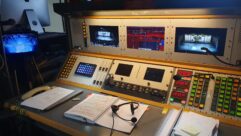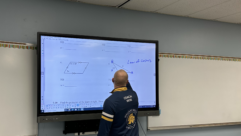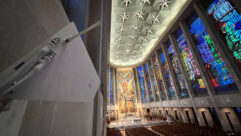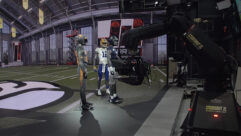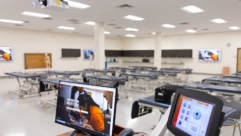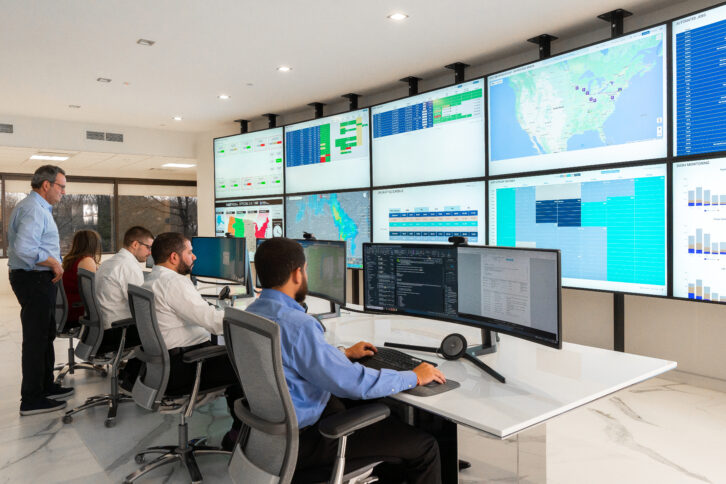
Based in Greenwich, Connecticut., the National Kidney Registry (NKR) is dedicated to increasing the number of kidney transplants from living donors and improving donor-recipient matches for longer-lasting transplants. The organization offers protection and support to living kidney donors and helps to make the kidney donation process safer, easier, and more convenient.
The idea for NKR was born out of an experience that Founder and CEO Garet Hil and his wife went through after their 10-year-old daughter was diagnosed with kidney failure. Once they were both deemed incompatible as kidney donors, the Hils embarked on an extensive, complex, and difficult process to find somebody who was. Their efforts ultimately resulted in a successful transplant for their daughter, but through their struggles, it was clear to them that there had to be a better way. In 2007, they founded NKR to organize paired exchange transplants and to save and improve the lives of people facing kidney failure. Fast forward to today, the Hils’ daughter is doing great and NKR has facilitated over 6,700 successful transplants. NKR is partnered with a network of hospital transplant centers across the country and employs the latest generation in DNA sequencing technology to establish the best match between donors and patients—ensuring each transplanted kidney can last as long as possible, potentially even for the patient’s whole life.
Kidney transplantation is lifesaving work with no room for error. The governmental agency United Network for Organ Sharing (UNOS) was recently brought before Congress for review due, in part, to their routine loss of organs in transit. NKR has never lost a single organ. Critically, the success of every transplant depends on the donated kidney arriving at its destination safely and on schedule. When NKR facilitates transplants, the kidneys are typically shipped on commercial flights, with charters used when necessary. Ground transportation and couriers are also relied on. To provide 24×7 monitoring and logistics support for every transplant—and especially during the time when the kidneys are in transit—NKR built a high-tech operations center when they secured a new location in Greenwich for its headquarters. As a critical use facility, the building is outfitted with equipment and redundancies to ensure it will never go down.
The focal point of the operations center is an installation comprised of 12 Planar UltraRes X Series 85-inch 4K LCD displays that are arranged together in a 12×2 configuration. The displays allow operations staff to closely monitor all active transplants and manage the variables that could impede a kidney delivery, according to NKR Logistics Coordinator Sebastian Harris. “When the kidneys are extracted, they are placed in a specialized cold storage box with a GPS device that allows us to track their location in real-time all the way to the recipient end,” he said. “We see that as a live feed on the Planar displays”
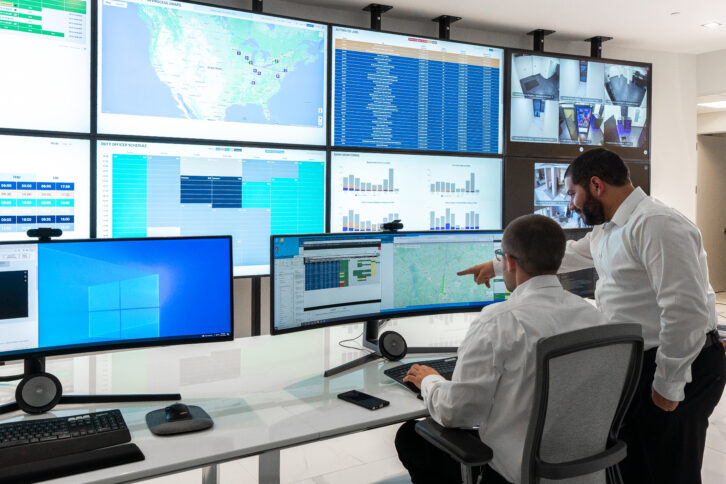 The displays are also set up to show a range of relevant information including flight statuses, weather conditions along transit paths and more. “From start to finish, many different factors can influence the logistics,” Harris said. “A flight could be delayed or cancelled. Maybe a GPS stops pinging or a donor surgery gets delayed. When these occur, we have to be prepared to deal with the issue and take alternative measures where necessary.” This is where the Planar UltraRes X Series displays are immensely valuable, according to Harris. “We have the situational awareness to see things ahead of time and make the best decisions as quickly as possible,” he said. “The transplant process is time sensitive, and it can be quite stressful. But for the purpose of our work, the displays help us to do our jobs better.”
The displays are also set up to show a range of relevant information including flight statuses, weather conditions along transit paths and more. “From start to finish, many different factors can influence the logistics,” Harris said. “A flight could be delayed or cancelled. Maybe a GPS stops pinging or a donor surgery gets delayed. When these occur, we have to be prepared to deal with the issue and take alternative measures where necessary.” This is where the Planar UltraRes X Series displays are immensely valuable, according to Harris. “We have the situational awareness to see things ahead of time and make the best decisions as quickly as possible,” he said. “The transplant process is time sensitive, and it can be quite stressful. But for the purpose of our work, the displays help us to do our jobs better.”
Along with the Planar UltraRes X Series displays integrated in the operations center, two Planar UltraRes X Series 100-inch 4K LCD displays were installed side-by-side in NKR’s boardroom to support leadership meetings and other uses. Additionally, two more Planar UltraRes X Series 100-inch displays were added in a training room space to be utilized for presentations, research seminars and educational training. Cameras mounted in the room also allow NKR staff to hold Zoom calls including remote meetings with their medical board.
Along with the Planar UltraRes X Series displays integrated in the operations center, two Planar UltraRes X Series 100-inch 4K LCD displays were installed side-by-side in NKR’s boardroom to support leadership meetings and other uses. Additionally, two more Planar UltraRes X Series 100-inch displays were added in a training room space to be utilized for presentations, research seminars and educational training. Cameras mounted in the room also allow NKR staff to hold Zoom calls including remote meetings with their medical board.


